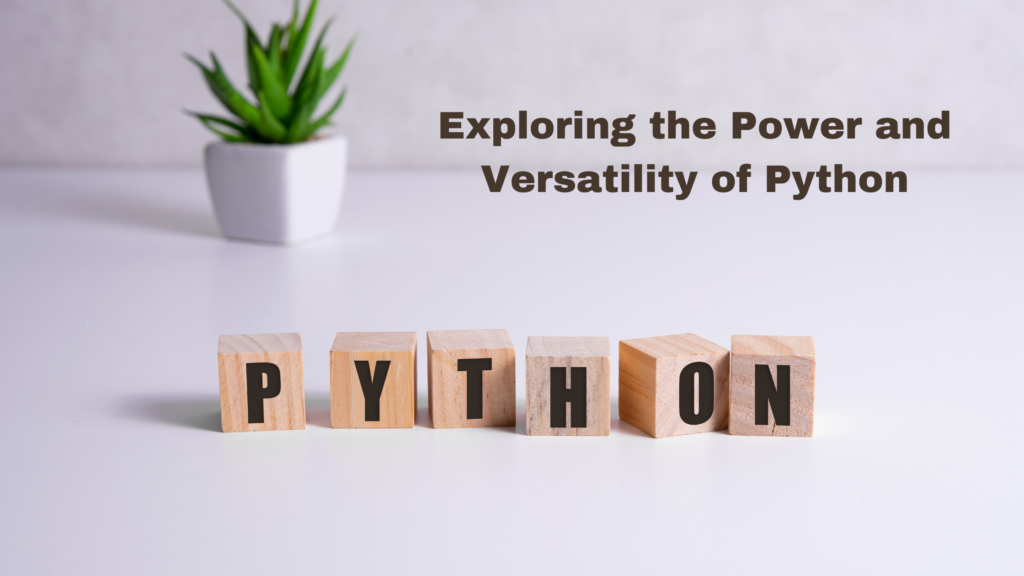Unlocking the Power of SQL: A Comprehensive Guide to Database Management

Introduction:
Structured Query Language (SQL) is a powerful and widely-used language for managing and manipulating relational databases. It provides a standardized way to interact with databases, making it a fundamental skill for developers, data analysts, and database administrators. In this blog post, we will explore the capabilities and advantages of SQL, shedding light on its importance in the world of data management and analysis.
Introduction to SQL:
We’ll start by introducing SQL and its core concepts. SQL allows you to interact with databases through operations such as querying, inserting, updating, and deleting data. We’ll discuss the basic syntax, data types, and the fundamental components of SQL queries.
Database Creation and Management:
SQL is used to create, modify, and manage databases. We’ll cover essential SQL commands for creating and altering database structures, including tables, constraints, and indexes. Understanding these commands is crucial for building robust and efficient database systems.
Querying Data with SELECT:
The SELECT statement is at the heart of SQL. We’ll delve into its various clauses and functions, enabling you to retrieve specific data from tables based on conditions, perform aggregations, sort results, and join multiple tables together. Mastering the SELECT statement is essential for extracting meaningful insights from databases.
Modifying Data with INSERT, UPDATE, and DELETE:
SQL provides powerful commands for modifying data within databases. We’ll explore the INSERT, UPDATE, and DELETE statements, which allow you to add new records, update existing ones, and delete data from tables. Understanding these commands is vital for maintaining data integrity and managing database content effectively.
Data Manipulation with SQL Functions:
SQL offers a wide range of built-in functions that enable data manipulation and transformation. We’ll cover common functions such as mathematical, string, date/time, and aggregate functions. These functions allow you to perform calculations, manipulate strings, format dates, and aggregate data, unlocking the ability to derive valuable insights from databases.
Working with Multiple Tables: Joins and Subqueries:
In many cases, data resides across multiple tables in a database. We’ll explore different types of joins, including inner joins, outer joins, and self-joins, which allow you to combine data from multiple tables based on common columns. Additionally, we’ll dive into subqueries, which enable you to nest queries within queries, providing advanced filtering and data retrieval capabilities.
Data Management: Indexes, Constraints, and Transactions:
To optimize database performance and maintain data integrity, SQL offers mechanisms such as indexes, constraints, and transactions. We’ll explain the purpose and usage of indexes for faster data retrieval, constraints for enforcing data integrity rules, and transactions for ensuring data consistency.
Advanced SQL Topics:
We’ll briefly touch on advanced topics in SQL, such as stored procedures, views, and triggers. These concepts allow you to encapsulate complex logic, create virtual tables, and automate actions within the database. Understanding these advanced features empowers you to build more sophisticated and efficient database systems.
Conclusion:
SQL is a powerful language for managing and manipulating relational databases. Whether you’re a developer, data analyst, or database administrator, mastering SQL is essential for effective data management and analysis. By leveraging its querying, manipulation, and data retrieval capabilities, you can harness the full potential of SQL to extract insights, make informed decisions, and build robust and efficient database systems.

